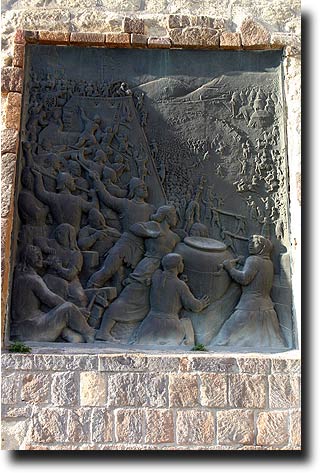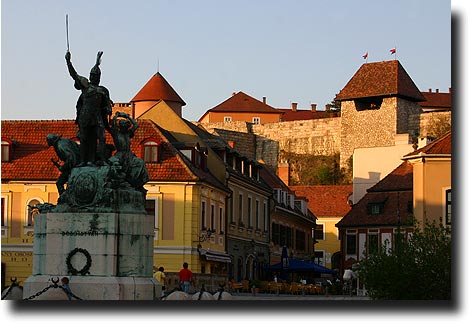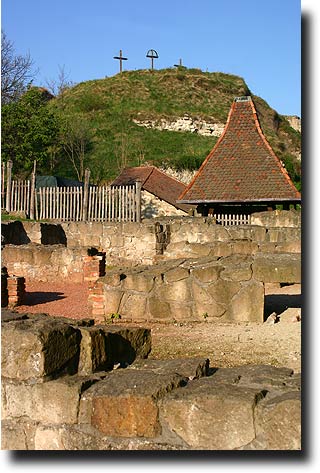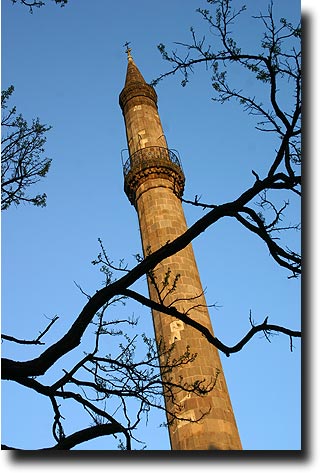
|
The owner of the pension I stayed
at in Krakow recommended Eger as a 'beautiful medieval town' that he and
his wife had visited. As it was workoutable to stop by on my way back to
Belgrade in April 2007, I decided to stop by. Reading up on it a bit, I
discovered that the town is the site of one of the Hungarians' favorite
battle stories. Fighting off an invading Turkish army 6 times the size
of the defending force in 1552, soldiers, women, and children held the
castle that sits above the city and eventually repulsed the attack. As
virtually everyone learns about the story in school, the reconstructed
hilltop fortress is reportedly one of the most-visited in the country.

|



















![]()